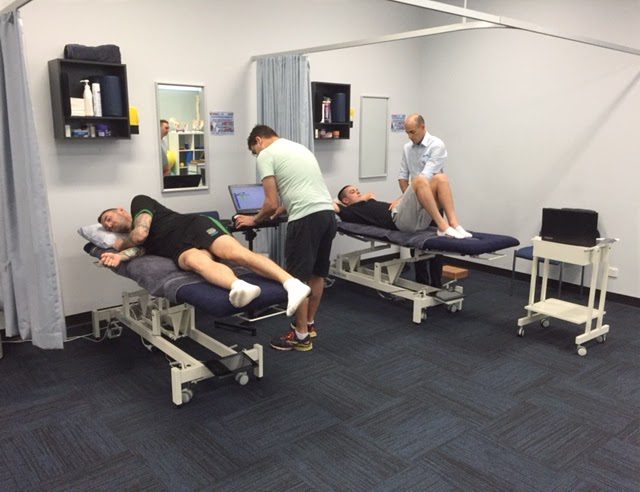Article by John Miller
Comprehensive Guide to Football Injuries and Sports Physiotherapy Solutions
Introduction
Football, encompassing various codes like AFL, Rugby, Rugby League, and Soccer, is a sport loved by many. However, it comes with its share of injuries. Understanding these injuries and how sports physiotherapy can assist is crucial for every player, coach, and enthusiast.

Common Football Injuries
Injuries in football can range from minor sprains to severe, career-altering conditions. Here's a brief overview:
- Leg Injuries: Includes sprains, muscle strains, and ligament tears, common in the dynamic action of football.
- Arm Injuries: Often occur from falls or direct impacts.
- Spinal Injuries: Can arise from collisions or awkward falls.
- Concussions: A serious concern in contact sports, requiring immediate attention.
- Muscle Injuries and Tendinopathies: Result from overuse or acute stress.
- Ligament Injuries: Particularly in the knees and ankles.
The Role of Sports Physiotherapy
Sports physiotherapists are integral to the management and prevention of football injuries. They offer:
- Injury Diagnosis and Management: Accurate assessment followed by a tailored recovery plan.
- Rehabilitation Programs: Focused on returning the player to their peak condition.
- Preventive Advice: Strategies to reduce the risk of future injuries.
- Performance Enhancement: Techniques to improve overall athletic performance.
Recent Research in Sports Physiotherapy
Recent studies highlight the effectiveness of personalised physiotherapy programs in accelerating recovery and preventing recurrent injuries. Advances in sports science also emphasise the importance of holistic athlete care, considering mental well-being alongside physical health.
What to Do?
If you're experiencing a football-related injury, it's crucial to seek the advice of a professional sports physiotherapist. They can guide you through a recovery plan tailored to your specific needs.
Conclusion
Football injuries can be a setback, but with the right approach and expert guidance from sports physiotherapists, players can make a strong comeback. Remember, prevention is as important as treatment.
Related Articles
- Managing ACL Injuries in Football
- Physiotherapy for Concussions in Sport
- Enhancing Performance with Sports Physiotherapy











































































